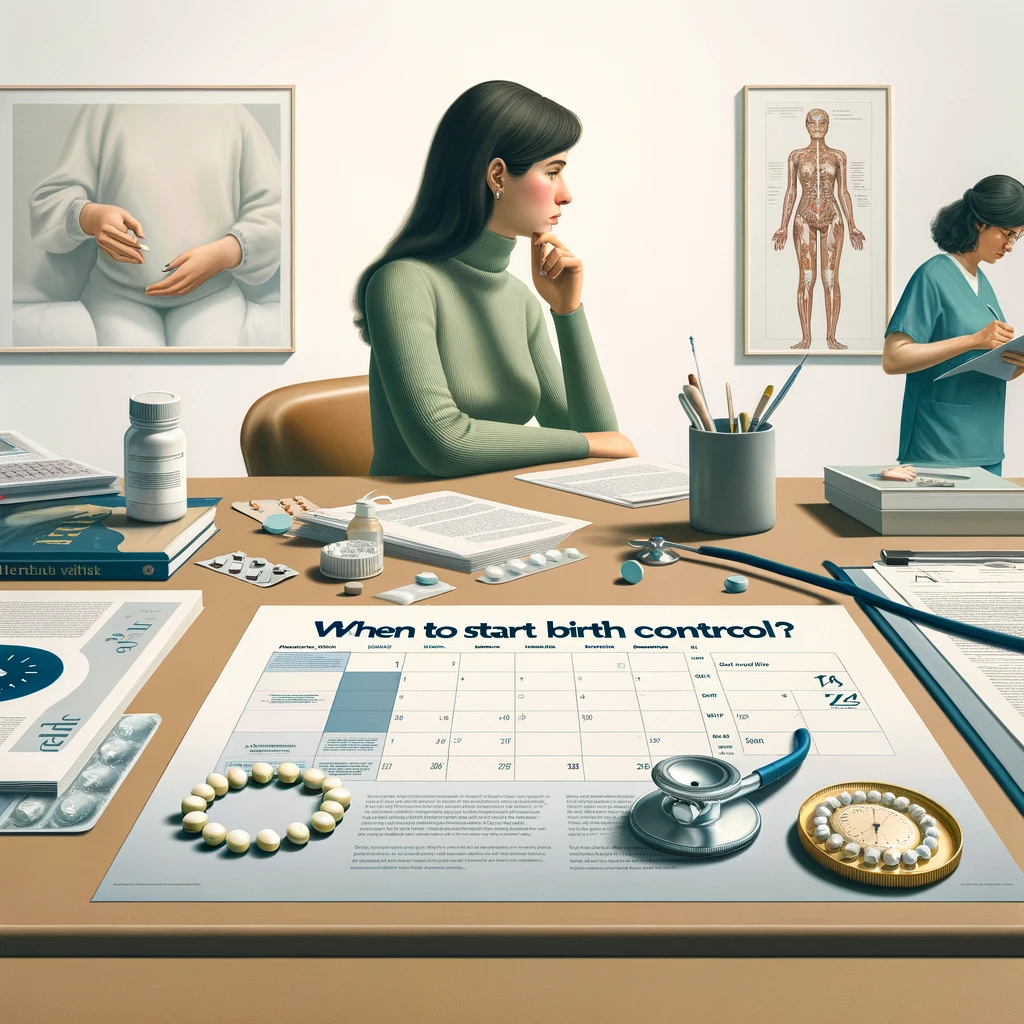When to start birth control?
-
Blog
-
Add to favorites
-
Join our community in exploring insightful stories, tips, and experiences that inspire and inform. The iMedix Blog is your go-to destination for connecting with others and enriching your health knowledge.
-
Questions:372
-

In the fascinating journey of motherhood, understanding the changes your body undergoes post-delivery is crucial, especially when it comes to the resumption of ovulation and the need for contraception. The World Health Organization (WHO) advises initiating birth control within three weeks following childbirth, but the timing of the first ovulation varies greatly among women.
The restoration of the menstrual cycle, and thereby the risk of conception, hinges on several factors, including the complexity of childbirth, breastfeeding practices, and individual hormonal activity. For mothers who do not breastfeed, the first ovulation typically occurs between 45 and 94 days postpartum, although exceptions can see this window shorten to as early as 25 days.
Breastfeeding, however, can serve as a natural contraceptive method, known as the Lactational Amenorrhea Method (LAM). Its effectiveness, however, is contingent upon the absence of menstruation and exclusive breastfeeding without supplementary foods. Once menstruation resumes, typically after six months, ovulation is likely, and alternative contraceptive measures should be considered.
The first act of intimacy post-delivery presents an opportune time to consider contraception, taking into account the mother's breastfeeding status. The chosen method should ideally not impact the quality or quantity of breast milk.
Intrauterine devices (IUDs) present an effective solution, with a reliability rate of 90%, and no discernible impact on milk production. For uncomplicated births and in the absence of contraindications, an IUD can be inserted as early as six weeks postpartum.
Diaphragms or caps are another viable option, as they do not interfere with lactation or affect the child's health. It's advisable, however, to wait until the end of the postpartum period, approximately six weeks after delivery, before fitting a diaphragm.
Condoms, while potentially challenging due to reduced vaginal lubrication during breastfeeding, can still be used effectively with the aid of spermicidal agents.
Combined birth control pills, containing both estrogen and gestagen, may not be the best choice for breastfeeding mothers due to estrogen's potential to reduce milk supply and impact the child's growth. In such cases, mini-pills containing only gestagen can be started six weeks after delivery.
As we navigate the complex terrain of postpartum contraception, remember that every woman's journey is unique. Always consult with a healthcare provider to make the best choice for you and your baby.
-
Birth Control
-
Add to favorites
-
There are a lot of birth control measures aimed to prevent unwanted pregnancy. It ought to be mentioned that wrong contraceptive can result in harm to the woman’s health.
-
Questions:
-
-
Hormones
-
Add to favorites
-
Questions:
-
-
Women’s Health
-
Add to favorites
-
The process of women’s health protection includes a wide range of measures, the implementation of which starts long before a girl enters into the reproductive period of life. These measures also include activities aimed at creating optimal conditions for the education and training of girls and adolescent girls.
-
Questions:
-
Please login or register to post a comment